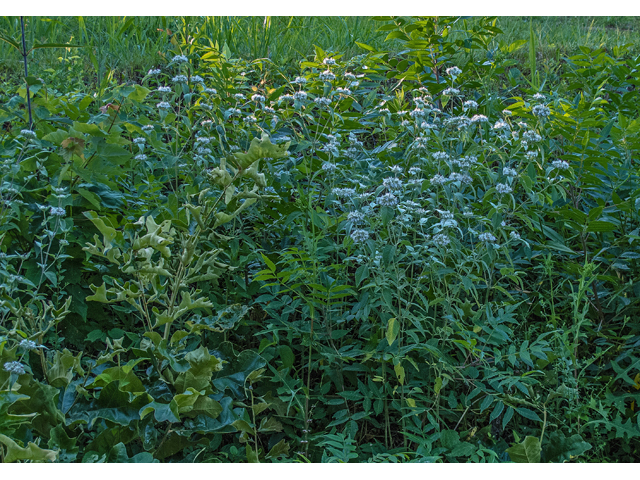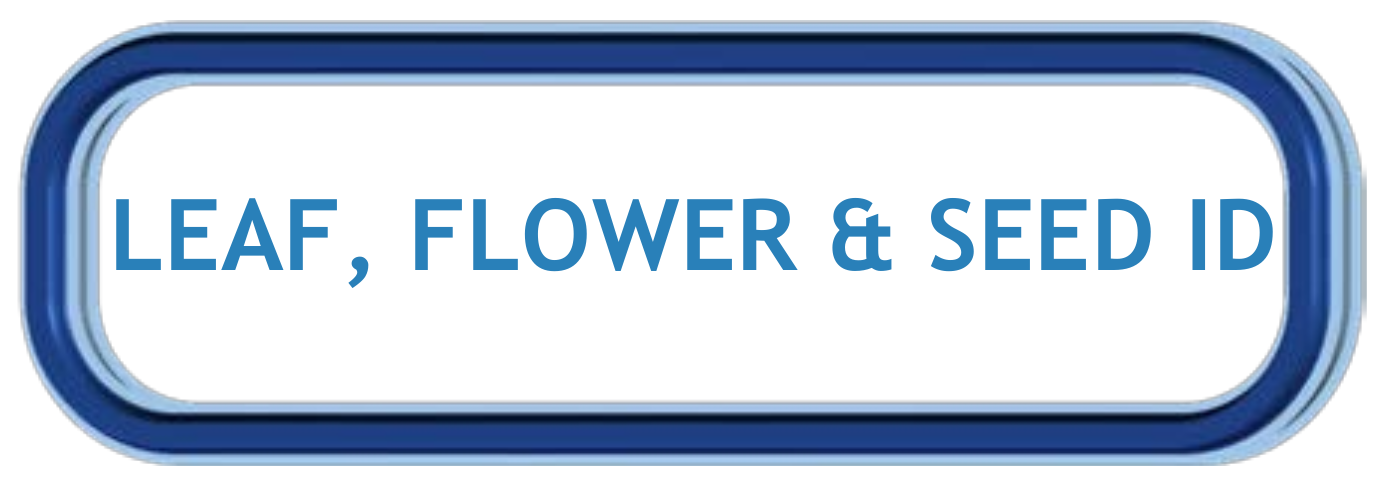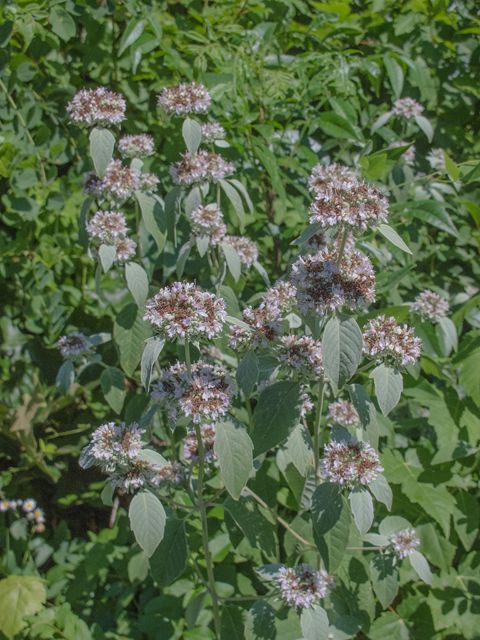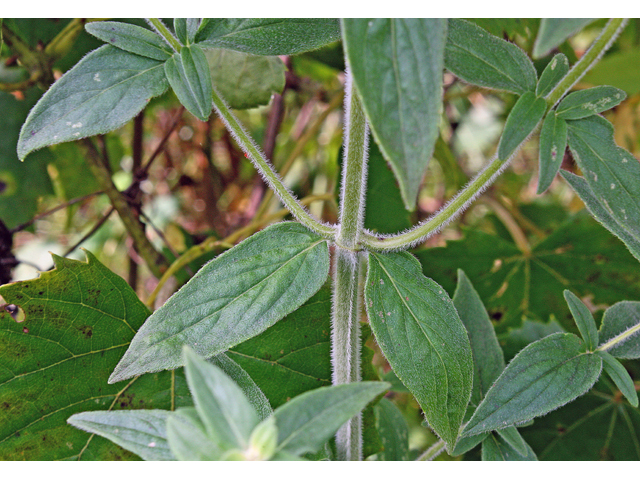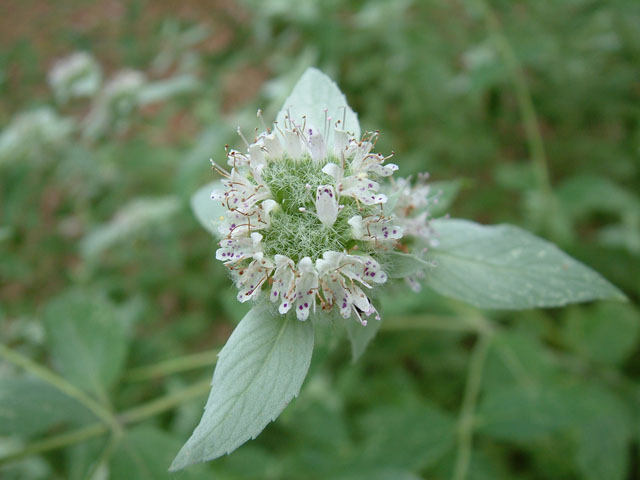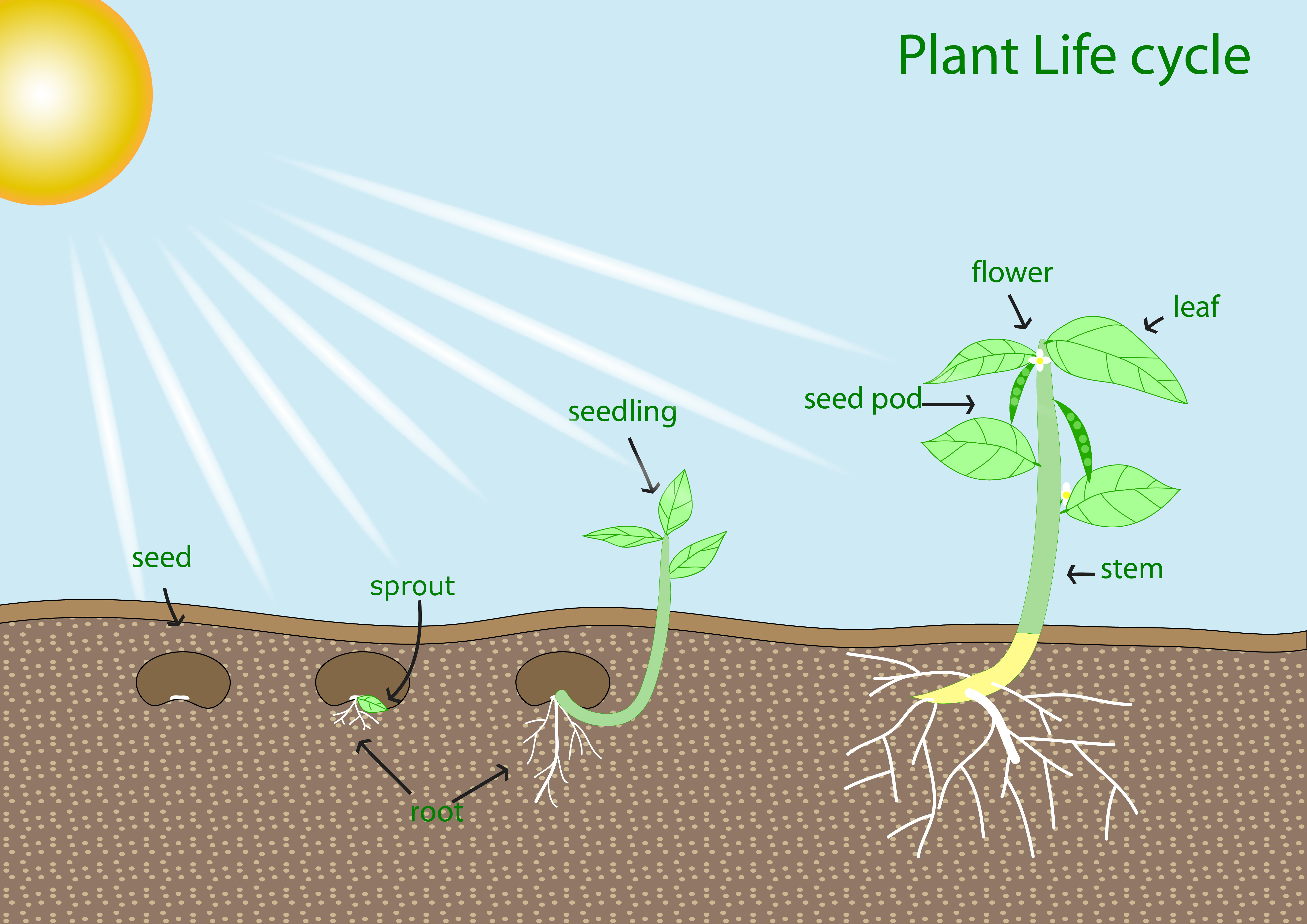Dig Into Plants: Mountain Mint
Mountain Mint Other Common Names: Hoary Mountainmint Scientific Name: Pycnanthemum incanum Native to Alabama: Yes |
|
Lady Bird Johnson Wildflower Center - Stephanie Brundage Click on image to enlarge it |
Learn more about...
| Ecological Benefits | ||
| This plant provides food for: | ||
 |
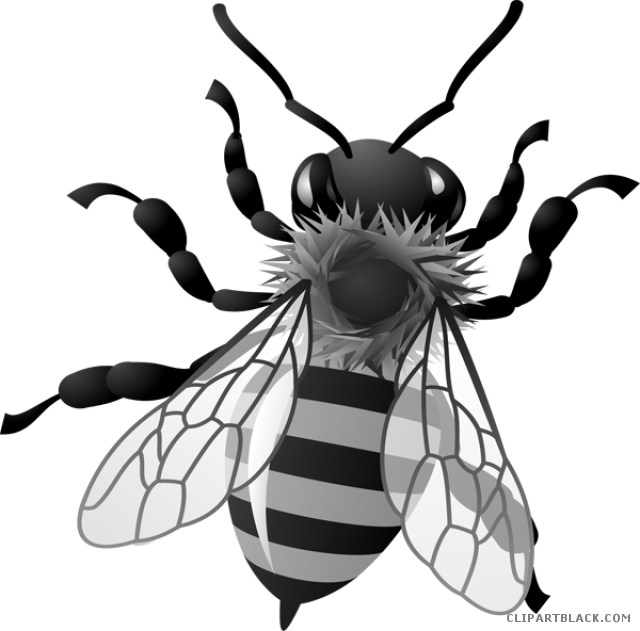 |
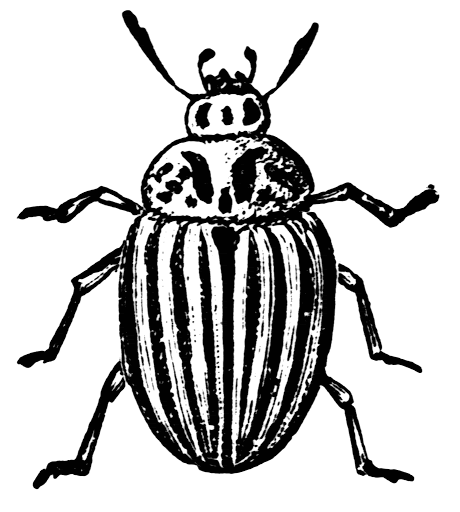 |
| Butterflies | Native Bees | Other Pollinators |
| Other Plants Found in Alabama with Similar Ecological Benefits: |
||||||
| Whiteleaf Mountainmint (Pycnanthemum albescens) |
Short-toothed Mountainmint (Pycnanthemum muticum) |
Slender Mountainmint (Pycnanthemum tenuifolium) |
||||
 |
 |
|
 |
|
||
| American Mountainmint (Pycnanthemum virginianum) |
Apalachian Mountainmint (Pycnanthemum flexuosum) |
|||||
|
|
|
|||||
| Habitat Requirements | |||
| This plant prefers: | |||
|
(6+ hours of sun per day) (2-6 hours of sun per day) |

Dry Soil |
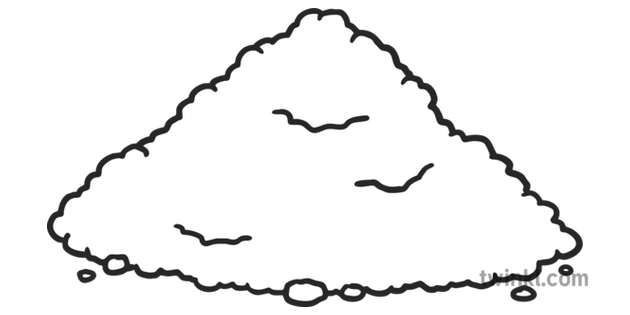 Well-drained or Acidic soil Well-drained or Acidic soil |
|
| Leaf, Flower & Seed Identification | ||||
| LEAF DESCRIPTION |
Ladybird Johnson Wildflower Center - R.W. Smith
Click on image to enlarge it |
|||
| Leaf Characteristics Chart (PDF) | ||||
| Shape: Ovate |
Margin: Dentate |
Arrangement: Opposite |
Form: Simple |
|
|
|
|
|
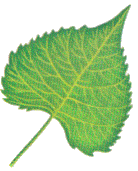 |
|
| Description: | ||||
| Green with a silvery white appearance; 1.5 - 3 inches wide; when crushed, releases a fragrant spearmint smell; upper leaves are whitish silver; stems are square and covered with short white hairs | ||||
| FLOWER DESCRIPTION |
Lady Bird Johnson Wildflower Center Stefan Bloodsworth Click on image to enlarge it |
||||||
| Flower Shapes Chart (JPG) | |||||||
| Color: White/Lavender |
Shape: Tubular |
 |
Bloom Months: June - Aug |
||||
| Description: | |||||||
| Appear in clusters of small, 2-lipped, lobed flowers; white or lavender with small purple spots; silvery bracts (modified leaves) located below the flower | |||||||
| SEED DESCRIPTION | |||
| Type: Fruit - Capsule |
Description: Very small, black capsules |
Months in Seed: Sep - Oct |
|
| Plant spreads by: | |||
| Seeds and Rhizomes/Tubers/Roots & Shoots Self-seeds easily and roots by stems; can become an aggressive grower |
|||
ADDITIONAL RESOURCES FOR TEACHERS
| Quick Fact Sheet (Condensed Species Info) |
Plant ID Sign: Ready as-is PDF |
Plant ID Sign: Editable Word Doc |
QR Code (Links to this Webpage) |
INFORMATION SOURCES FOR THIS PLANT
 |
 |
|
|
|
 |
 Wildlife Tag
Wildlife Tag
